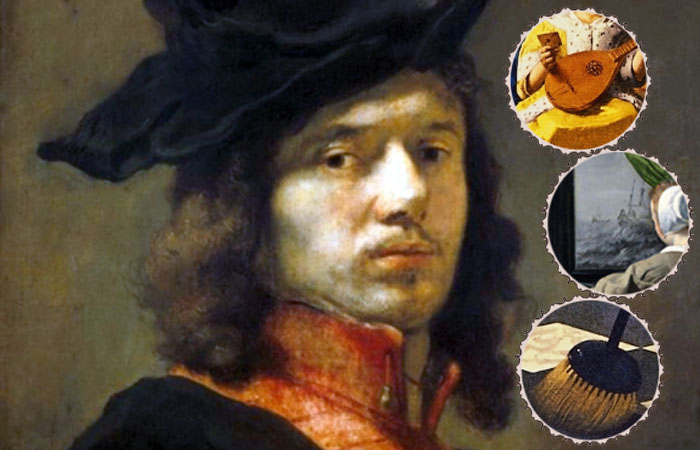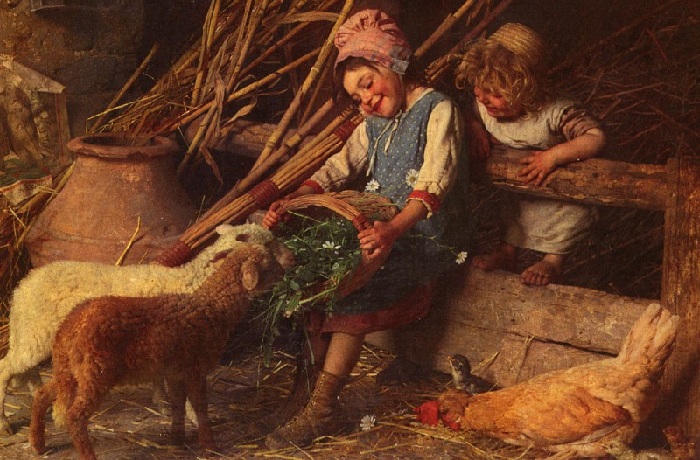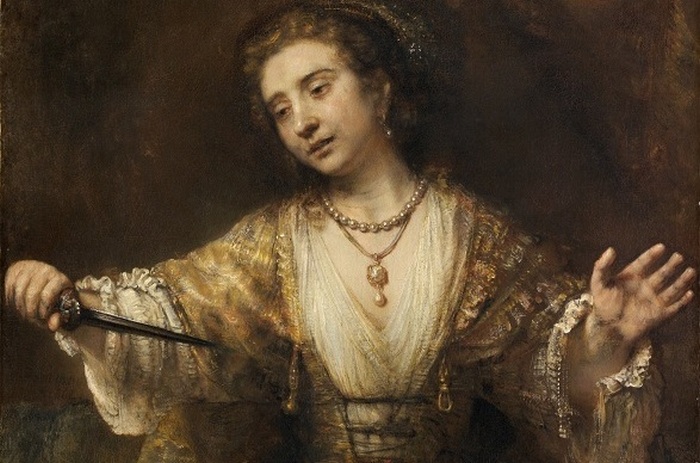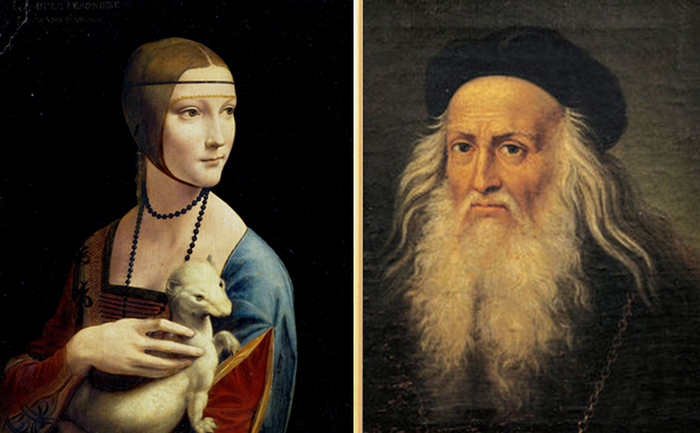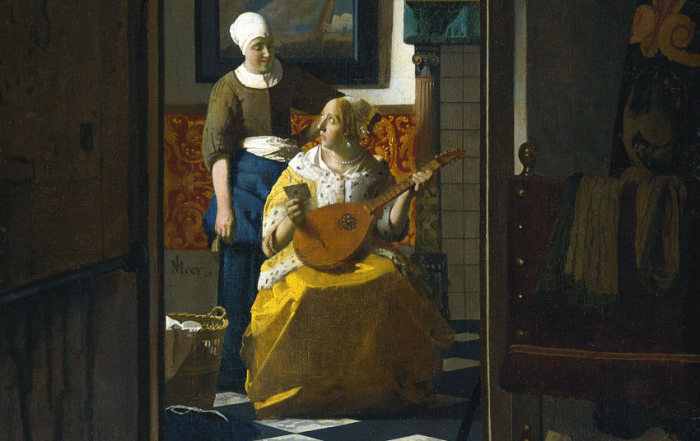vegetables
Did Leonardo da Vinci have a second Mona Lisa: The Riddles of the “Iselworth Mona Lisa”
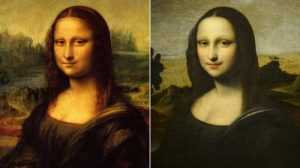 For many decades, there has been debate about whether the Iselworth Mona Lisa is a genuine, earlier version of Leonardo da Vinci’s most famous work, which attracts millions of visitors to the Louvre every year. The opinions of experts, however, vary greatly.
For many decades, there has been debate about whether the Iselworth Mona Lisa is a genuine, earlier version of Leonardo da Vinci’s most famous work, which attracts millions of visitors to the Louvre every year. The opinions of experts, however, vary greatly.
“Mona Lisa”
The portrait of the mystery woman Mona Lisa (or “Mona Lisa”) is the most famous creation of European painting. The canvas is a female waist portrait. A lady sits on the terrace against the backdrop of a foggy landscape. Her shoulders are turned three quarters, her right hand rests on her left (this position of the crossed arms corresponds to all the rules of decency), the smile is barely perceptible, and her eyes look at the viewer. It is traditionally believed that this is a portrait of Lisa Gerardini, wife of the wealthy Florentine merchant Francesco del Giocondo (hence the second name of the picture). Continue reading
10 years of happiness and 28 years of grief in the life of the artist Vasily Surikov
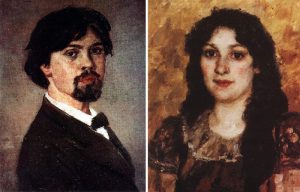 The personal life of prominent people always attracts the attention of readers, especially if it is full of piquant details, incredible stories, secrets and mysteries. But today we will talk about the personal life of the artist Vasily Surikov, about which not so much is known. But the amazing story of his love will not leave anyone indifferent.
The personal life of prominent people always attracts the attention of readers, especially if it is full of piquant details, incredible stories, secrets and mysteries. But today we will talk about the personal life of the artist Vasily Surikov, about which not so much is known. But the amazing story of his love will not leave anyone indifferent.
A bit from the biography
Artist Vasily Surikov was born in Krasnoyarsk, his ancestors were from the Don Cossacks who conquered Siberia with Ermak, after the death of which they went up the Yenisei and founded the Krasnoyarsk prison. The artist was born in 1848 in the family of an office clerk who came from an old Yenisei Cossack family. And is it necessary to say that the character of the future painter, formed in the harsh environment of the Siberian region, was just as strong and unshakable. Years later, this power was embodied in the heroic images of his paintings. Continue reading
Vincent Laurence van der Winne and his still lifes vanitas: where did the artist hide his portrait?
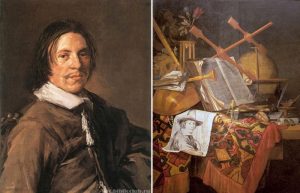 Vincent Laurence van der Winne (1628–1702) is a Dutch artist and writer. Initially, van der Winne was engaged in weaving, but then, sensing a craving for fine art, he decided to focus on painting. Especially popular are the still lifes of this master, in which he hid his own portrait. Der Winne was the only (according to available historical data) student of Frans Hals, the artist of the Golden Age of Holland, who actually painted his portrait in 1660.
Vincent Laurence van der Winne (1628–1702) is a Dutch artist and writer. Initially, van der Winne was engaged in weaving, but then, sensing a craving for fine art, he decided to focus on painting. Especially popular are the still lifes of this master, in which he hid his own portrait. Der Winne was the only (according to available historical data) student of Frans Hals, the artist of the Golden Age of Holland, who actually painted his portrait in 1660.
Van der Vinne’s paintings are mainly vanitas still lifes and genre scenes, many of which include a portrait paper sketch of the painter himself. His style was later copied by Evert Collier, Peter van Eisen and Barent van Eisen. Continue reading
